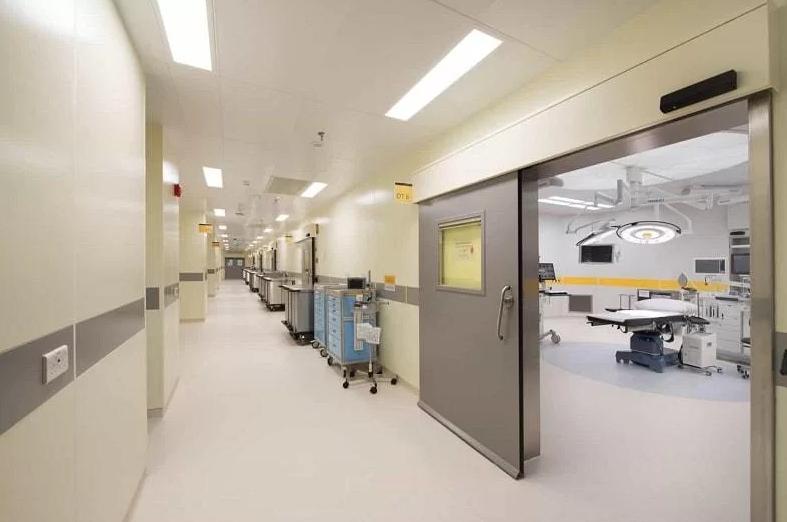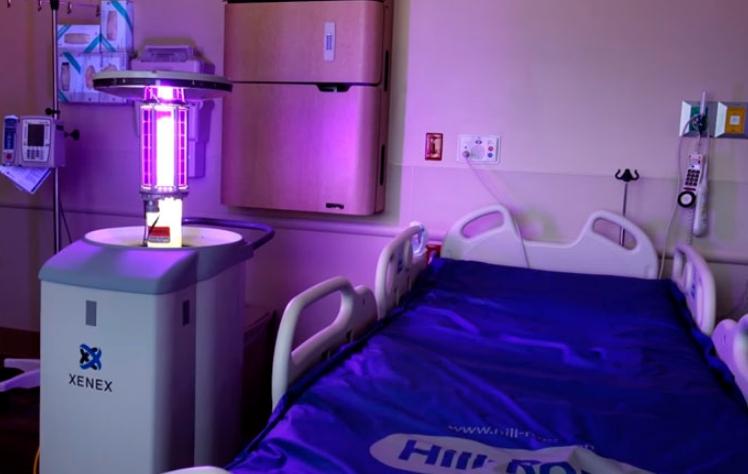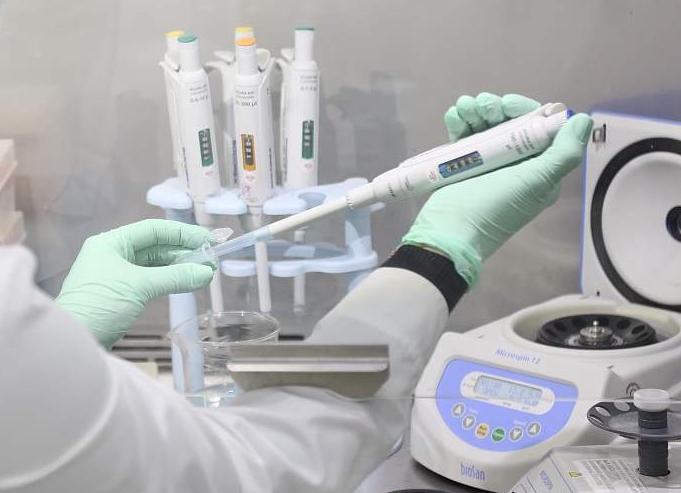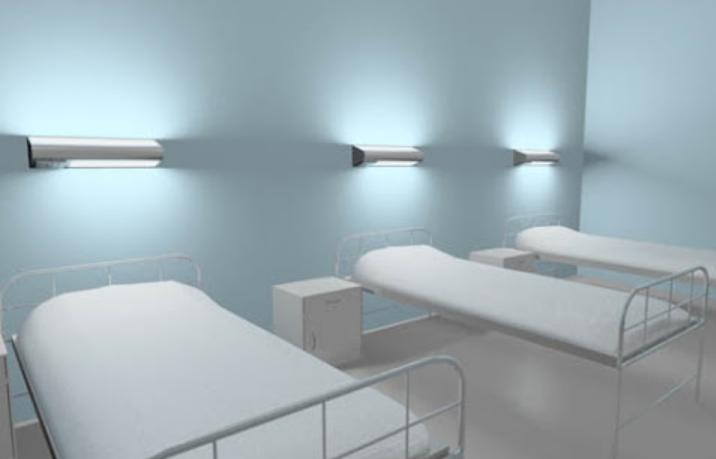Lighting in medical facilities
Lighting in hospitals and other medical facilities must comply with a number of requirements and is regulated by law. When drafting and installing light sources, it is necessary not only to ensure a certain illumination, but also to choose the optimum color temperature, as well as the correct placement of fixtures. All requirements are laid down in SNiP and SanPiN.
General requirements and standards for lighting medical facilities
There are a number of aspects, compliance with which is mandatory, so in the first place take them into account:
- Artificial light must be combined with natural light. The more natural light - the better, so the windows in medical institutions usually make a large size.
- On the desk in the offices of doctors, nurses and other staff should be a separate lamp. Additional lighting is also required for the patient examination area and other areas where good visibility must be ensured.In health care facilities, the quality of lighting must be perfect.
- All hospitals and other health care facilities with staff working at night must have ... on-duty lighting.... And in the passageways, on the stairwells and near the exits from the floors, illuminated signs must be hung in case of emergency evacuation.
- All rooms, offices and other rooms, a list of which is in the documentation, must be equipped with ultraviolet lamps.. They are used for air sanitation and turned on by the schedule, which should be in the room.Ultraviolet light kills most pathogenic bacteria.
- Before you start laying wiring and installing lighting equipment project Be sure to coordinate and approve with the supervisory authority.
It is important to ensure safety when laying communications. This applies in particular to switches for especially for the switches for quartz treatmentespecially switches for quartz treatment, they should be installed in such a way that they cannot be turned on by mistake.
The lighting of medical rooms must comply with the standards. All of the indicators listed below are minimum benchmarks that should not be lowered. А It is not forbidden to make the light brighterif it will improve visibility. It is important to consider the following standards:
- Doctor's office.. Total illumination should not be less than 150 lux per square meter. It is obligatory to install additional lights on the work table and in the patient examination area.
- Rooms. To provide comfortable conditions, illumination should be between 150 to 250 lux.. And bedside areas are equipped with an additional light source with brightness 250 to 500 lux.
- Corridors in hospitals and stairwells. They must have light levels in the range of 150 to 250 lux. The same figure should be met in the waiting areas and corridors of polyclinics.
- BathroomsBathrooms, showers and other similar rooms are illuminated according to the norm in 100-200 lux.
- Libraries if available, should be equipped with lighting that provides 250 to 500 lux.
- Rooms used for emergency services. Optimal range 500 to 1000 lux.
- Laboratories. In this case also two norms, the total should be from 250 to 500 lux. And the workplace must be illuminated separately, here the value is higher - from 500 to 1000 lux.The workplace in the laboratory is always illuminated additionally.
- Operating rooms require special attention, the general norm is 500-1000 lux. But the place where surgical operations are performed requires the installation of special equipment, because here the illumination should be 20 000 to 40 000 lux.
The equipment is chosen individually, based on the area of the room, its shape and other features. There are no restrictions, the main thing is to comply with the standards established by law.
It is best to use multiple light modes, as there is no need to turn on full power during the day.
Recommendations for the choice of lighting equipment and color temperature
Currently, two varieties of equipment are used for lighting medical facilities - fluorescent and LED. Each has its own characteristics, which are worth sorting out. With regard to fluorescent lamps, they have such differences:
- Most often used tubular elements, which are installed in special fixtures. In one light source can be several lamps, it all depends on the required power.
- Due to the phosphor, with which the bulbs are coated on the inside, they give a soft diffused light, which does not create discomfort for the eyes. But because of the mercury vapor inside, there are health risks from damaged lamps. There are also strict requirements for their disposalthat must be observed.
- Power consumption is low, but fluorescent equipment does not tolerate frequent switching on and off. It fails at the moment of startup, so it is desirable to keep the light on all the time.
- Over time, the characteristics of the phosphor deteriorate and the light changes its performance. Therefore change lamps need to be changed at regular intervals, even if they seem to work fine at first glance.
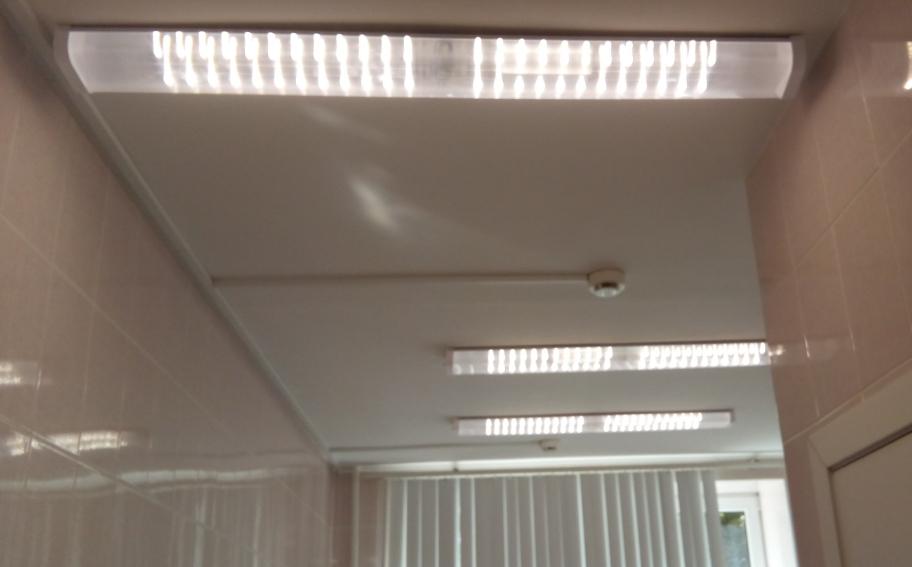
By the way! This solution is most often found in old buildings that have not yet been renovated. It is outdated and is not used in new buildings.
As for LED lamps, they comply with regulations and are used in modern hospitals as the main option. Features are as follows:
- The quality of light is close to daylight. This creates optimal conditions for work and reduces the strain on the eyesight.
- LED equipment consumes minimum electricity, which reduces the cost of lighting. The difference can be seen immediately after switching to this type of lamp.
- The service life of quality diode equipment is from 40 to 60 thousand hours. The resource is much longer than that of fluorescent bulbs.
- Over time, the light characteristics Diodes almost do not change. Therefore, they can be used much longer, and change only when the lamp fails.
- The products are safe, do not contain harmful substances and do not heat up much during operation. There are different options for fixtures - as a tubular, and standard lamps or light panels, it all depends on the characteristics of the room.
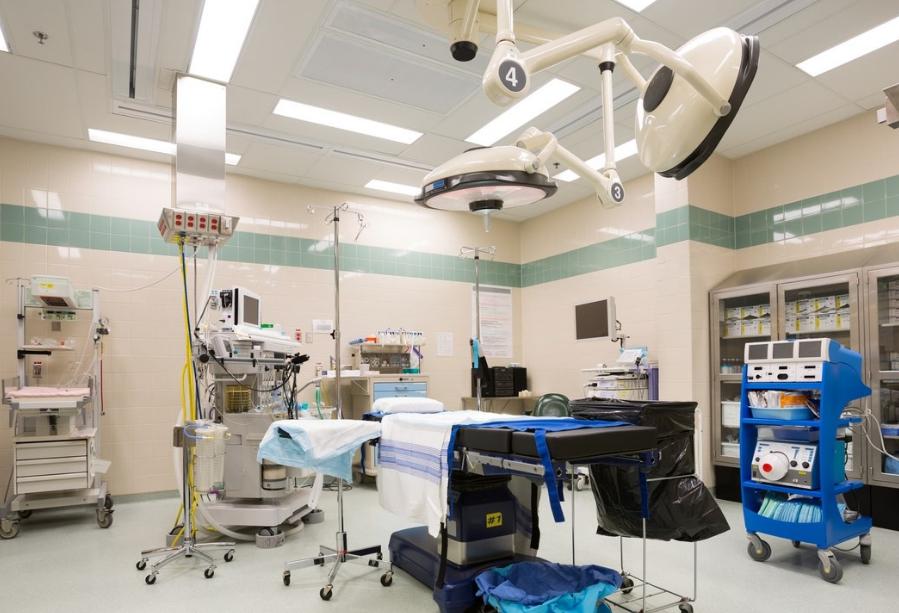
Peculiarities of placement of lighting fixtures
When selecting a place of installation, several requirements should be observed. Regardless of the room, it must be remembered that light must be distributed evenly to ensure a comfortable environment. The main features of the arrangement of light sources in medical facilities are as follows:
- In procedure rooms and other rooms where the patient lies on the couch, shadowless ceilings should be installed.. Therefore, recessed or panel light sources are most often used.
- Additional lighting at the head of the beds in the wards, as well as in the examination areas, is most often placed on the wall, at a minimum height of 170 cm.. It is important that the light source is sufficient to highlight the desired area.Bedside lights are placed no lower than 170 cm from the floor.
- In wards, it is mandatory to place a night light above the door, which works when the main light is switched off.
- Location and power of the ultraviolet lamp is determined individually. It can be either stationary or mobile.
- Emergency lighting must be powered from a separate source, most often a battery that provides equipment for at least one hour. The power of the light bulb should be at least 5% of the norm.
We recommend viewing the webinar: Effective lighting solutions for lighting medical facilities.
The requirements are mandatory, as they directly affect not only the doctor's work, but also the comfort of the patients' stay. It is best to install cost-effective and durable LED equipment.
